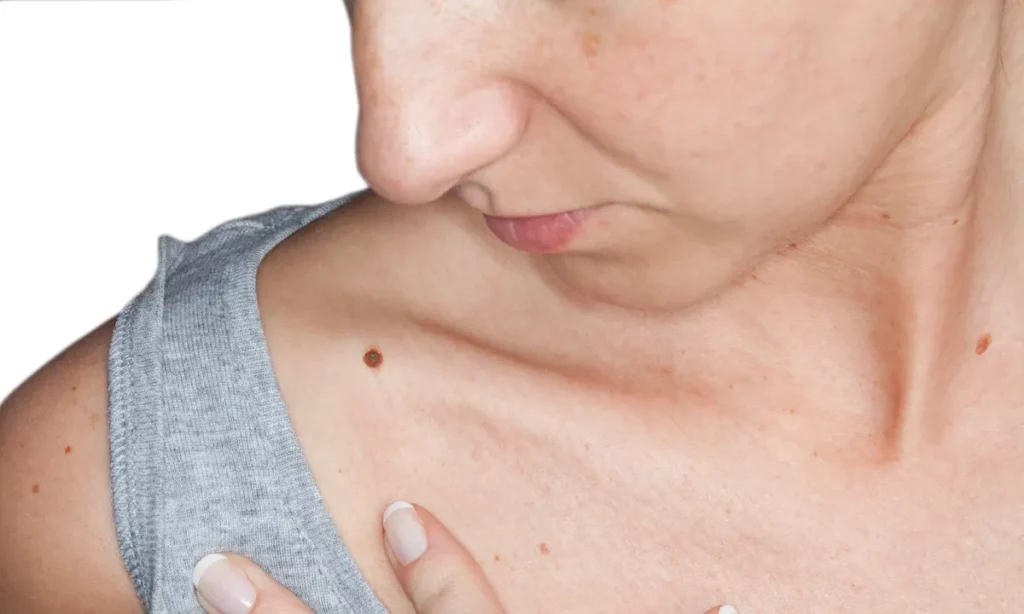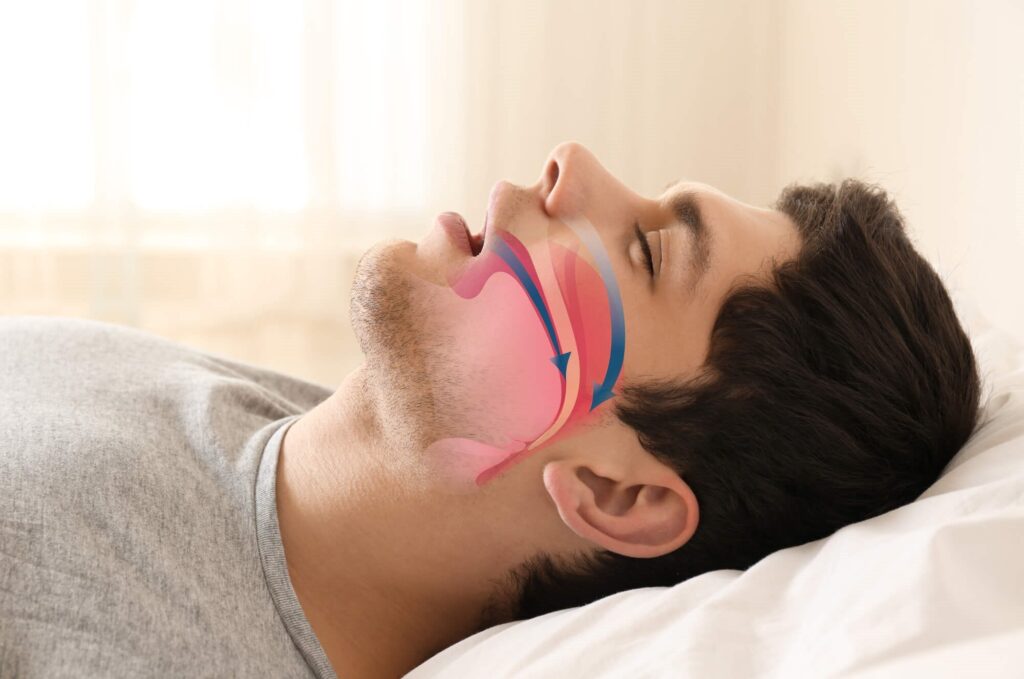The black and brown skin growths, moles, appear on the skin when melanocytes, skin cells that make melanin, otherwise known as the pigment responsible for giving skin its color, start growing in clusters instead of being evenly spread all over the skin. Having 10 to 40 moles prior to becoming an adult is considered normal, but what happens if you have more of them and they start growing everywhere?
Moles Appearing Everywhere: Causes and Treatments
The uncontrollable growth of moles can be related to genetics. Of course, you might not have inherited this directly from your parents, but if any of your grandparents have had this condition, there’s a chance you’ve inherited it from them. Also, if genetics are causing your moles to appear everywhere, the culprit can be sun light. Having many of these growths usually means nothing serious; however, some conditions can also cause the same problem.
1. Verruca Plana
Verruca plana, otherwise known as flat warts, is a highly contagious disease, meaning it can easily be transmitted through simple contact. Sometimes, you may mistake those warts as moles, and the common symptoms of this condition include:
- The color of verruca plana ranges from the color of meat to pink, yellow, and light brown.
- Flat warts are very small, with their average diameter size being around 5 millimeters.
- You will rarely find one wart alone as they tend to grow in clusters or in lines.
Treatment:
- If you think that you have moles appearing everywhere, there is a fine chance that they are caused by verruca plana. It is highly treatable with the help of a technique that uses extra low temperatures as a way to kill uncontrollably growing cells.
- The condition can also be treated with a surgical procedure called electro cautery that consists of verruca plana being burned with a help of an electric needle. The laser can be used as well by cutting the blood supply to warts or simply burning them with its beams.
Dermatologists tend to use liquid nitrogen for this technique, and surgery is the least considered treatment method as it oftentimes leaves scars which will take longer to heal.
2. Seborrheic Keratosis
This is a noncancerous condition that often develops in older people. Seborrheic keratosis is a condition that causing growths that appear on one’s face, shoulders, back, or chest in clusters or alone. Other symptoms include:
loading…
- The color goes from light tan to brown and black.
- The shape can either be oval or round.
- There may be some itchiness.
- Some of the growths are tiny, while others can be over an inch (2.5 centimeters) in diameter.
- The texture of these growths resembles scales.

Treatment:
It is usually a painless condition and doesn’t require any special treatment. It is recommended to consult with your doctor in case of:
- Many wart-like growths appearing over a short period of time
- Growths that become irritated and start bleeding whenever you accidently rub your clothes against them, as you probably need to get them removed
- They won’t heel and look alarming.
3. Melanoma
Melanoma is a type of skin cancer that affects melanocytes, cells that are in charge of producing melanin. Even though in theory, melanoma can take place on any part of the body, it usually develops on places that were exposed to the sun often, like your face, arms, legs, and your back. The first symptoms of melanoma that you might notice are:
- Unusual change in your mole
- The appearance of strange-looking and abnormally pigmented growth
Moles appearing everywhere don’t necessarily indicate the presence of melanoma, and if you aren’t sure, the ABCDE method can help you:
- A stands for asymmetry. Watch out for any growths that are irregular in shape.
- B stands for border. Watch out for any growths that have an irregular, cut border.
- C stands for color. Watch out for any moles that have an unevenly distributed color or, perhaps, many colors.
- D stands for diameter. Watch out for any mole that has a diameter wider than 1/4 inch (6 millimeters).
- E stands for evolving. Watch out for any changes in a mole that happen over time, such as the change of its size, shape or color. They might even start to bleed and itch.
Treatment:
In case of metastases, your doctor could consider the following treatments: chemotherapy, radiation, targeted therapy, biological therapy, and ultimately, surgery as a way to remove lymph nodes affected by melanoma.
Note: Any mole that appears after the age of 35 needs to be observed more carefully, and might even require biopsy since new moles in adults can be symptoms of melanoma in its early stages.

4. Other Causes
There are many other reasons as to why you could have moles appearing everywhere, such as that you simply have freckles, skin tags, neurofibromas or liver spots. The only way to properly determine the cause of your brownish growths is to consult your dermatologist who will probably recommend you undergo skin biopsy.




